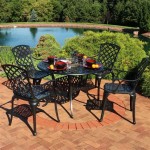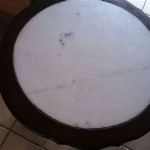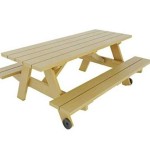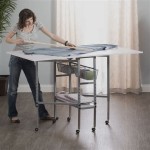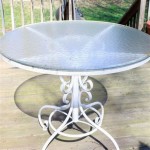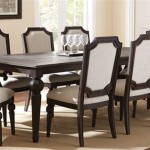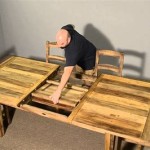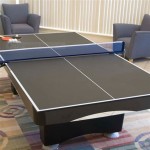Essential Aspects of Wood Slabs for Table Tops
Wood slabs are captivating elements that elevate the aesthetics and functionality of any home. When selecting wood slabs for table tops, careful consideration of various aspects is crucial to ensure a beautiful, durable, and long-lasting centerpiece.
1. Species and Grain Pattern
The type of wood species used for the slab significantly influences its appearance and properties. Different species offer unique grain patterns, colors, and densities. For example, walnut and cherry are known for their rich, warm hues and distinctive grains, while oak and maple exhibit more subtle and classic patterns.
2. Thickness and Shape
The thickness of the slab determines its weight and stability. Thicker slabs can withstand more weight and provide a more substantial appearance, while thinner slabs may be more suitable for smaller tables or where weight is a concern. The shape of the slab, such as rectangular, oval, or organic, must complement the table's design and the available space.
3. Edge Profile
The edge profile of the wood slab refers to the shape of the edges. It can range from rough and natural to elegantly curved or beveled. The choice of edge profile impacts the table's overall look and feel. Live edge profiles preserve the natural shape of the tree, while bullnose or waterfall edges create a more refined and modern aesthetic.
4. Finish and Protection
The finish applied to the wood slab protects the wood from damage and enhances its appearance. Common finishes include polyurethane, epoxy, and lacquer. The type of finish chosen depends on the desired sheen, durability, and maintenance requirements. Regular maintenance, such as cleaning and re-oiling, is essential to preserve the beauty and longevity of the wood slab.
5. Sustainability and Provenance
When selecting wood slabs for table tops, it is important to consider sustainability practices. Opting for certified wood slabs ensures that the wood used comes from responsibly managed forests. Additionally, knowing the provenance of the wood, such as the region or country of origin, can provide insights into its quality and unique characteristics.
Conclusion
Selecting the perfect wood slab for a table top requires careful consideration of various aspects. By understanding the species, grain pattern, thickness and shape, edge profile, finish, and sustainability factors, you can make an informed choice that will create a captivating and durable centerpiece for your home. Whether it's a rustic live edge slab or an elegantly polished table top, a well-chosen wood slab will add warmth, character, and timeless beauty to any space.

Dt 320 Redwood Burl Inc Live Edge Wood Slab Table Top

Solid Wood Slab Table Tops Case Study Paul Downs Cabinetmakers

Live Edge Table Top Slabs White Valley Lumber Mill

Solid Wood Slab Table Tops Case Study Paul Downs Cabinetmakers

2 Bookmatched Live Edge Pine Table Top Wood Slabs Closeout 20245 2024 Lumber S

Buy Bespoke Natural Edge Slabs Wood Any Shape Or Size Thorogood

Redwood Tanoak Madrone Black Oak Slabs Out Of The Woods

Wood Slabs For

Live Edge Wood Slabs For Office Furniture Modern Hardwood

Home Page Live Edge Wood Slabs And Burls Berkshire S
Related Posts

